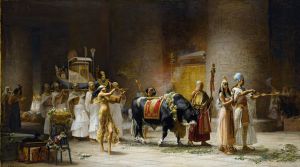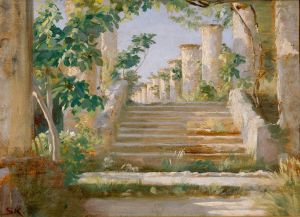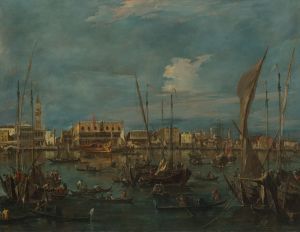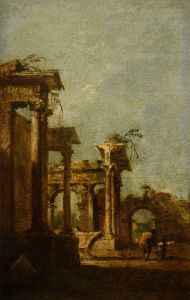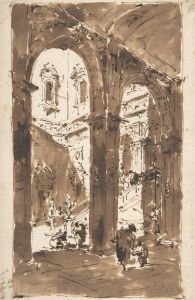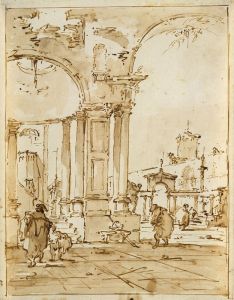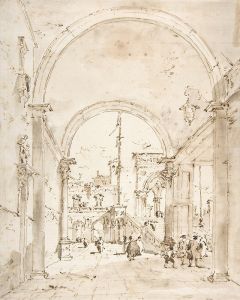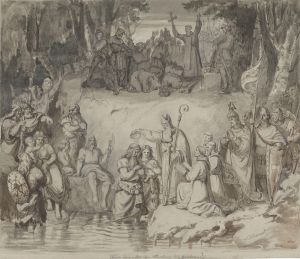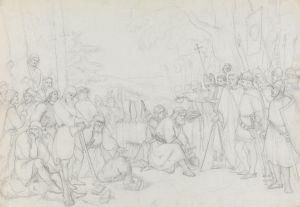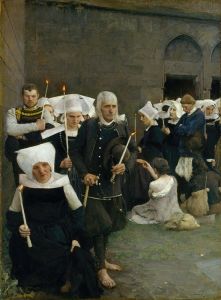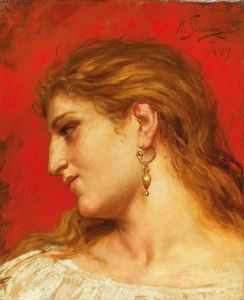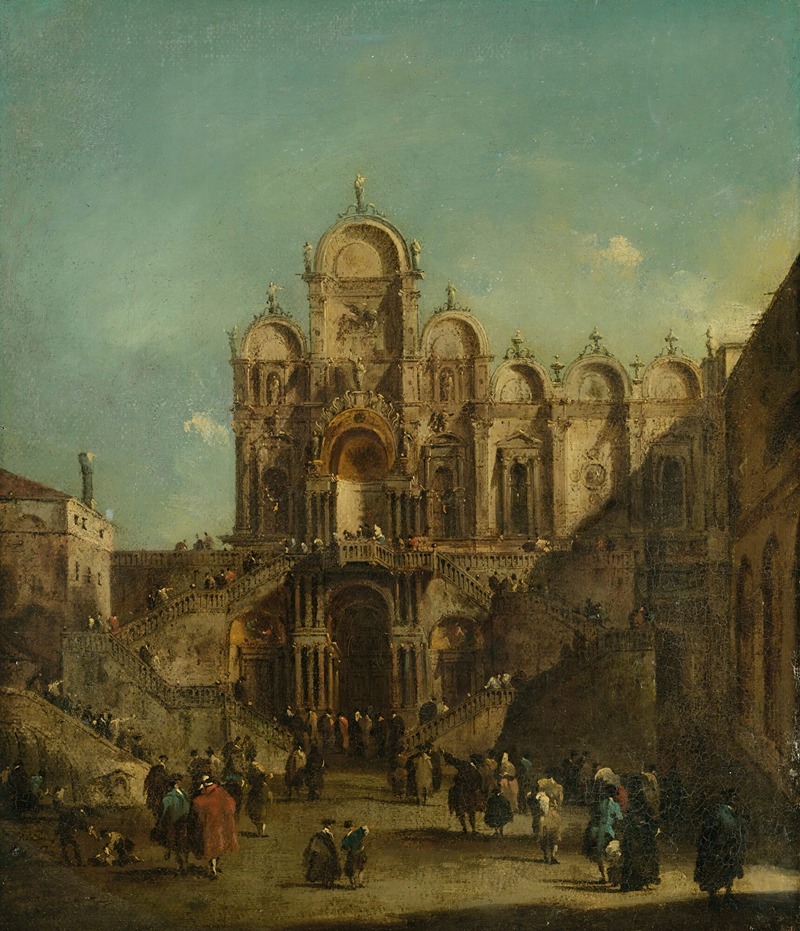
View Of Campo San Zanipolo With The Loggia Erected On The Occasion Of The Blessing Of Pope Pius Vi
A hand-painted replica of Francesco Guardi’s masterpiece View Of Campo San Zanipolo With The Loggia Erected On The Occasion Of The Blessing Of Pope Pius Vi, meticulously crafted by professional artists to capture the true essence of the original. Each piece is created with museum-quality canvas and rare mineral pigments, carefully painted by experienced artists with delicate brushstrokes and rich, layered colors to perfectly recreate the texture of the original artwork. Unlike machine-printed reproductions, this hand-painted version brings the painting to life, infused with the artist’s emotions and skill in every stroke. Whether for personal collection or home decoration, it instantly elevates the artistic atmosphere of any space.
Francesco Guardi's painting View of Campo San Zanipolo with the Loggia Erected on the Occasion of the Blessing of Pope Pius VI is a notable work by the Venetian artist, celebrated for his contributions to the veduta (view painting) genre. This artwork depicts a historical event that took place in Venice during the late 18th century, specifically the visit of Pope Pius VI to the city in 1782. The painting captures the temporary loggia, or ceremonial structure, that was erected in the Campo San Zanipolo (also known as Campo Santi Giovanni e Paolo) for the occasion of the Pope's blessing.
Francesco Guardi (1712–1793) was one of the last great painters of the Venetian school and is particularly known for his atmospheric and evocative depictions of Venice. His works often feature a loose, impressionistic style that contrasts with the more precise and detailed approach of earlier vedutisti like Canaletto. In this painting, Guardi employs his characteristic style to convey the grandeur and festivity of the event, while also capturing the architectural beauty of the Venetian square.
The Campo San Zanipolo is one of Venice's largest and most important squares, dominated by the Basilica of Santi Giovanni e Paolo, a significant Gothic church that served as the burial site for many of Venice's doges. The painting includes the temporary loggia, which was constructed specifically for the papal visit. Such structures were often built for important public ceremonies and were designed to reflect the prestige and significance of the event.
Pope Pius VI's visit to Venice was part of a broader journey he undertook to meet with Emperor Joseph II in Vienna. The visit was a significant occasion for the Venetian Republic, as it marked the rare presence of a pope in the city. Guardi's painting serves as both a historical record of this event and a testament to the artistic and cultural vitality of Venice during this period.
The artwork is an example of Guardi's ability to blend historical documentation with artistic interpretation. His use of light, color, and composition creates a lively and dynamic scene that conveys the celebratory atmosphere of the event. Today, this painting is appreciated not only for its artistic qualities but also for its historical significance, offering a glimpse into a moment of Venetian history during the late 18th century.





